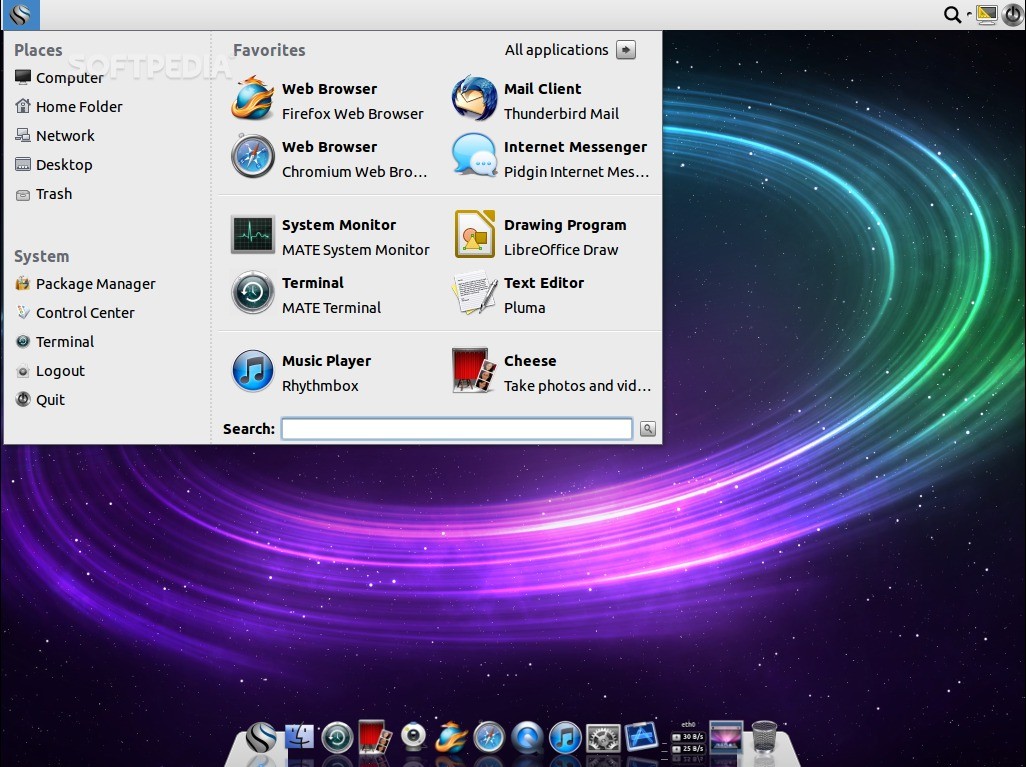

- #Mac os x linux clone mac os
- #Mac os x linux clone software
- #Mac os x linux clone code
- #Mac os x linux clone Pc
- #Mac os x linux clone mac

#Mac os x linux clone mac
A Brazilian company called Unitron (which had previously produced Apple II clones) developed a Macintosh clone with specifications similar to the Mac 512K, and proposed to put it on sale. In the early 1980s, Brazil's military dictatorship instituted trade restrictions that prohibited the importation of computers from overseas manufacturers, and these restrictions were not lifted until 1993. However, companies like Outbound Systems, Dynamac and Colby Systems, were able to sidestep the Mac cloning process by targeting high-end, high-profit market segments without suitable product offerings from Apple and offering Mac conversions instead. This strategy, making the development of competitive Mac clones prohibitively expensive, successfully shut out manufacturers looking to create computers that would directly compete with Apple's product lines. The Mac ROM stick is shown removed, revealing the RAM slots. Mac ROM was used in the Outbound Notebook. Only one company, Nutek, managed to produce "semi-Mac-compatible" computers in the early 1990s by partially re-implementing System 7 ROMs. Therefore, any competitor attempting to create a Macintosh clone without infringing copyright would have to reverse-engineer the ROMs, which would have been an enormous and costly process without certainty of success.
#Mac os x linux clone software
Through the 1980s and into the 1990s, much of the system software was included in the Macintosh's physical ROM chips. The original Macintosh system software contained a very large amount of complex code, which embodied the Mac's entire set of APIs, including the use of the GUI and file system. Wary of repeating history and wanting to retain tight control of its product, Apple's Macintosh strategy included technical and legal measures that rendered production of Mac clones problematic.
#Mac os x linux clone mac os
The migration from 68000 to PowerPC, and the added difficulties of emulating a PowerPC on x86 platforms, made targeting the later Mac OS versions impractical. ARDI reverse-engineered the Mac ROM and built a 68000 CPU emulator, enabling Executor to run most (but not all) Macintosh software, from System 5 to System 7, with good speed. There was also a software emulator for x86 platforms running DOS/ Windows and Linux called Executor, from ARDI.
#Mac os x linux clone code
As the years went by, the emulator wasn't updated to work with later versions of the original Mac OS, however, supposedly because Apple's own 68k emulator eventually surpassed it in performance, and the OS itself relied further on native PowerPC code with each new Mac OS update. Ĭonnectix also released another 68k emulator for Macs, replacing the original, called Speed Doubler, supposedly reported to be even faster than Apple's. This means even a 68060-upgraded Atari ST clone or Amiga, which avoid CPU emulation, were always slower, on top of causing some programs not to work thanks to imperfect virtualization of the Mac system and remaining machine components. By the time 68060 processors were available, PowerPC Macs became so powerful that they ran 68000 applications faster than any 68000-based computer, including any Amiga, Atari ST or Sharp X68000. Starting with the sales of PowerPC Macs, a CPU emulator to run 68000 applications was built into the Mac OS. Later, multiple emulators were released for the Amiga. The first three of those emulators required that the user purchase a set of Mac ROMs sold as system upgrades to Macintosh users. Long before true clones were available, the Atari ST could emulate a Mac by adding the third-party Magic Sac emulator, released in 1985, and, later, the Spectre, Spectre GCR, and Aladin emulators. Its lid acted as a holster for the cartridges that stored the bundled software, as it had no floppy drive. At IBM, the threat proved to be real: most of the market eventually went to clone-makers, including Compaq, Leading Edge, Tandy, Kaypro, Packard Bell, Amstrad in Europe, and dozens of smaller companies, and in short order IBM found it had lost control over its own platform.Īpple eventually licensed the Apple II ROMs to other companies, primarily to educational toy manufacturer Tiger Electronics in order to produce an inexpensive laptop with educational games and the AppleWorks software suite: the Tiger Learning Computer (TLC). These clones were seen by Apple as a threat, as Apple II sales had presumably suffered from the competition provided by Franklin Computer Corporation and other clone manufacturers, both legal and illegal.
#Mac os x linux clone Pc
The Apple II and IBM PC computer lines were "cloned" by other manufacturers who had reverse-engineered the minimal amount of firmware in the computers' ROM chips and subsequently legally produced computers that could run the same software.


 0 kommentar(er)
0 kommentar(er)
